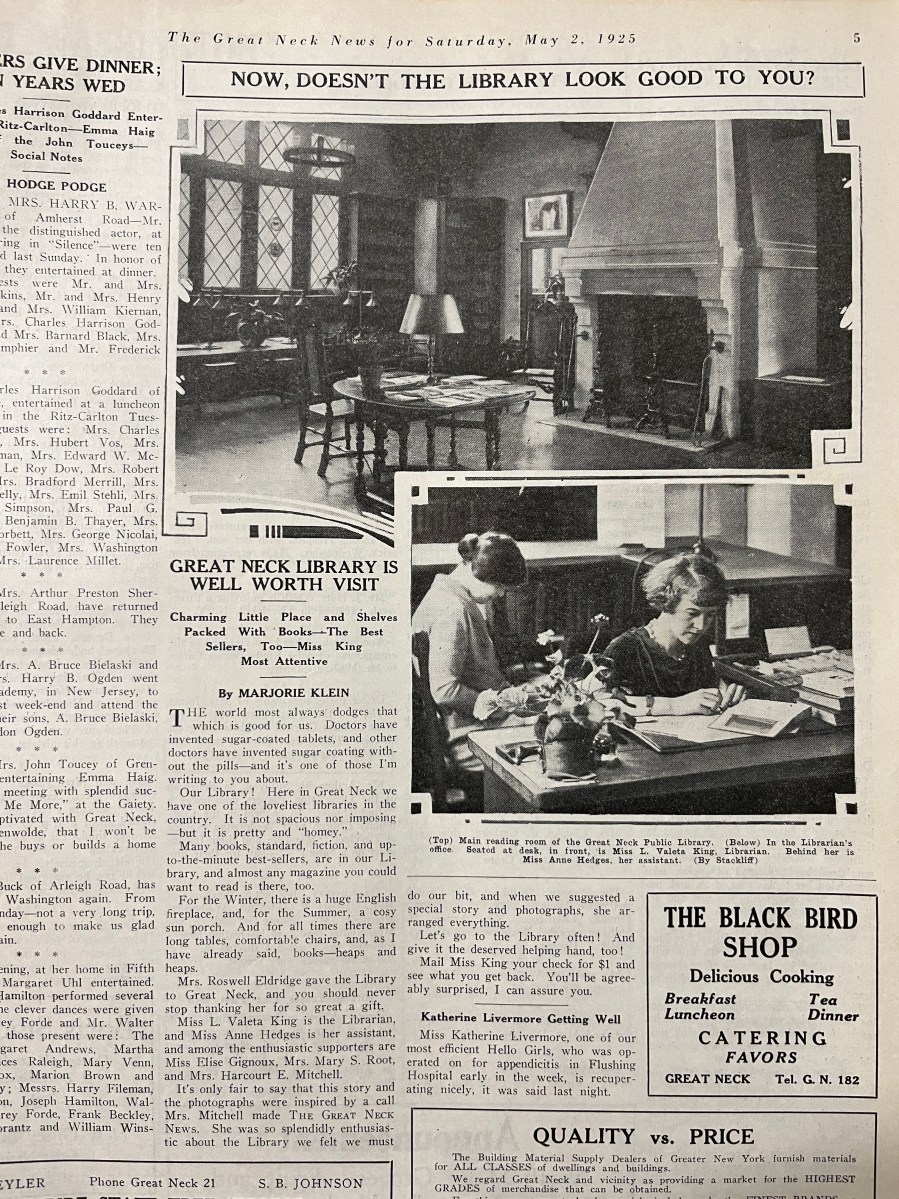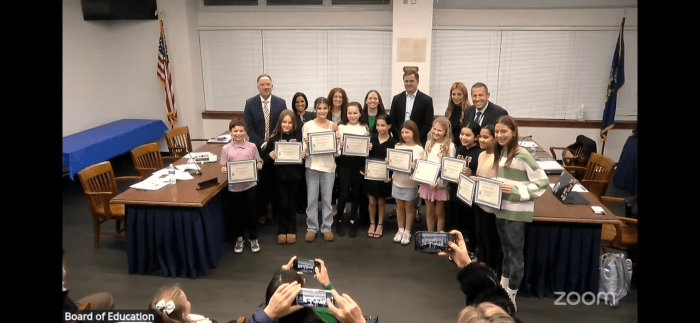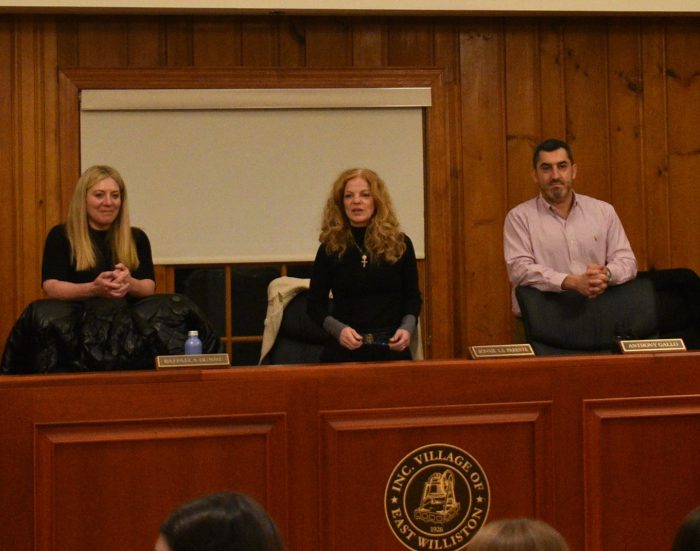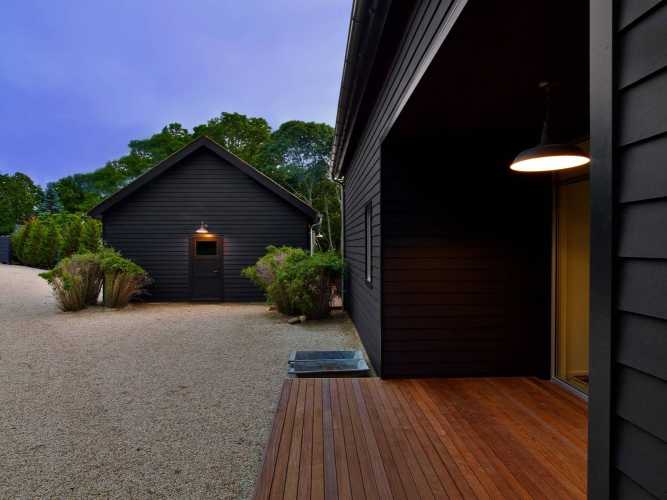Established more than a century ago, the Great Neck Park District stands as the oldest park district in Nassau County and among the few in the state, serving as a cornerstone for recreational and open space preservation across the peninsula.
Origins and Founding
On Aug. 14, 1916, long‐time Great Neck resident Roswell Eldridge filed a petition under a newly enacted state law authorizing the creation of park districts in towns. With backing from 90% of Great Neck residents and raising $200,000 above the required funding, the district was officially formed as a special tax‐supported district. It encompassed the villages of Great Neck, Great Neck Plaza, Kensington, Thomaston, Kings Point and Russell Gardens, initially serving roughly 750 families; today, GNPD spans six villages and parts of unincorporated hamlets, serving more than 13,500 families.
Eldridge and his wife, Louise, one of New York’s earliest female commissioners and a pioneer of local civic institutions, led the district’s first land purchase. In 1916, the Elderidges and associates acquired Hayden’s Coal Yard at the end of Steamboat Road, transforming it into Great Neck’s first public park and beach. In subsequent years, the district continued expanding its holdings: acquiring Allenwood Park and Memorial Field in the 1920s; purchasing the Rose Garden site and Village Green, assisted by land from the school district and landscaping by Beatrix Farrand.
Expansion and Major Park Development
In 1938, GNPD entered an agreement with Kings Point to lease and later develop 175 acres of peatland. Transformed over time into Kings Point Park, it now offers five miles of trails, picnic areas, sports courts, horseshoe pits, sledding hills and cross‐country skiing venues. In 1942, recognizing shifting public priorities, the district sold its original beach property for the establishment of the U.S. Merchant Marine Academy, then acquired the Chrysler estate to create Steppingstone Park and Marina.
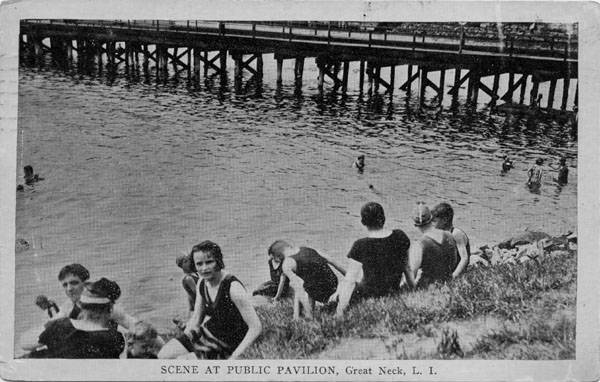
Postwar growth led to a surge in demand for recreational land. Between the 1960s and ’70s, GNPD added Upland, Lakeville, Ravine, Manor, Thomaston parks and the Peninsula Club dog park. In 1964, the Parkwood Sports Complex opened, later expanded to include an indoor rink in 1970 and indoor tennis courts in 1991; its pool became the Parkwood Family Aquatic Center. The ice rink was named after Andrew Stergiopolous, a community member who died on Sept. 11, 2001, reflecting the district’s civic commitment.
Great Neck House, the district’s community center, was added in 1973. Originally, the area’s first public library—built by Eldridge—continues to serve as a cultural hub. A stipulation in its deed requires that the building remain in community use when no longer serving as a library.
Programs, Facilities and Conservation
Today, GNPD manages 21 active and passive parks, three commuter parking fields adjacent to the LIRR station, a dog park and numerous sports, aquatic and cultural programs. Steppingstone Park includes a marina, boat launch area, sailing school, playgrounds, wading pool, water pad, playscape, snack shop and outdoor concert venue. Memorial Field provides Har-Tru tennis courts, sports fields and courts; Allenwood Park adds water pad amenities, playgrounds and a pond.
Passive spaces such as Creek Park, Udall’s Pond, Woodland Preserve, Ravine and Wooleys Lane enrich local biodiversity. GNPD partners with Garden Club and Open Space Committee initiatives to preserve green infrastructure, promote conservation and provide environmental education.
Community Role and Governance
Originally managed by three appointed commissioners, GNPD established staggered three-year elected terms—a governance model that has endured. Tax-funded through district residents, the GNPD also generates revenue via facility fees, commuter‐parking charges, permits and program registration.
A community advisory group and user surveys inform a long-range master plan renewed in 2020. Public engagement shapes programming and infrastructure priorities—from expanding indoor tennis to introducing defibrillator systems and all-abilities playgrounds. Park rules stipulate residents must hold park ID cards for access to facilities—a system that supports both membership and security.
Cultural Events and Civic Identity
GNPD serves as a cultural hub, sponsoring summer concert series at Steppingstone and Firefighters Park, regular movies at Great Neck House, carnivals, nature walks, boat tours and seasonal sports leagues. The district has become integral to peninsula life, offering accessible leisure for all ages and fostering community spirit. Its open spaces serve dual roles: recreation and environmental stewardship, contributing to aquifer recharge and enhancing quality of life.
Legacy and Future Outlook
From its founding mission of preserving open space, GNPD has evolved into a multifaceted public agency, maintaining active and passive green spaces, cultural programming and commuter infrastructure. As it marks more than 100 years in service, the district continues to honor the vision of its founders by balancing conservation, health, wellness and social equity—five decades on, GNPD remains central to Great Neck’s civic landscape.
A renewed master plan, adopted in December 2020, set goals for land acquisition, capital improvements and facility upgrades to serve diverse community needs. Residents are anticipated to participate in future planning processes, with surveys and hearings defining next steps.




